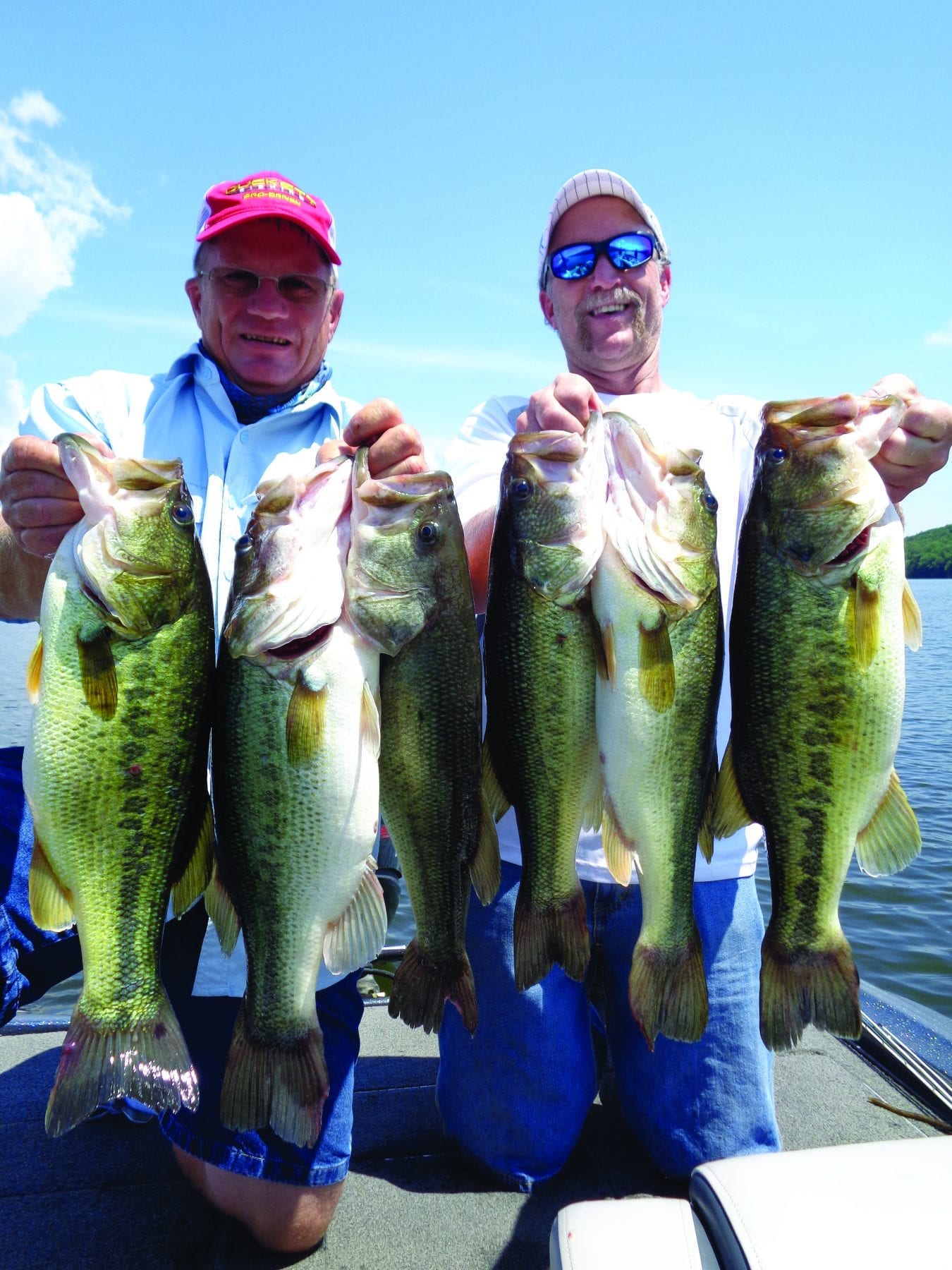by Capt Jake Davis
With fall fishing just around the corner, most anglers will make a drastic change in presentation. We will move from slow moving baits to power fishing with fast moving baits and aggressive topwater lures!
A few of my favorite presentations are crankbaits, spinnerbaits and topwater lures over the grass that is eroding away from the change in weather. As the grass starts to break up exposing open water, the bass will be looking up for food. When this happens, I’ll start rolling a big spinnerbait or True Bass Swimbait over the grass again. I like to make erratic moves with the rod to attract reaction bites. If you roll the bait just on top of the grass yet under the water, the slightest change in the rod will cause a change in the action of the bait. The result of the movement will cause the swimbait or spinnerbait to pause, drop or flutter, giving the lure a more natural presentation.
For many years, I have fished a dual willow leaf spinnerbait in the fall as it gives you more flash and it flutters down better than a combination of Colorado blades or one of each. You can also rip it out of the grass easier and cause more reaction with dual willow leaf blades. Colorado blades add more vibration, but to me, flash attracts more bites during the fall than any of the other combinations of blades.
As the bass move shallow for the fall feeding frenzy and the grass continues to erode, you will find yourself fishing stump fields on flats and creeks. Another advantage of dual willow blades is they bounce off of wood much easier than Colorado blades do. You can also rip the blade over stumps and drop them from one side to another around the stumps.
I also like searching with swimbaits in the fall. They allow you to follow the same philosophy easily, using big swimbaits to find bigger fish and downsizing to find bites. It is also a great presentation to search different depths, as swimbaits are easily counted down to different depths to find fish that will react while suspending.
Topwater lures are not created equal, and if you are looking for just bites, it is different than searching for big bites, especially in the fall! As a general rule, big fish require big search baits, and small fish hit on smaller search baits. I also feel strongly that searching for fish in the fall is different than in the summer or even the spring. One of the most versatile baits ever made is the Zara Spook. If you’re looking for tournament size fish, you can search with Super Spook, or if you’re just fishing for bites, you can down size to a Spook Junior with the same presentation.
Last, but absolutely not least, are crankbaits such as a Rapala DT 6 or lipless crankbaits such as a XR-50 or 75. One key to crankbaits is working the proper angles and using the grass edges to create a reaction bite. You should not just work the crankbait and achieve the results by lining up and working your crankbait at a 90 degree angle. I experienced some of the best results when working crankbaits at a 30 to 45 degree angle off the grass edges. There are two reasons for this: first, you should be just ticking the last edge of grass with your crankbait, as this allows you to rip it over the last drop-off at the edge and cause a reaction bite. Second, the 45 degree angle gives the bass an opportunity to follow your bait and this, combined with a long cast, will keep the lure in the strike zone
Capt. Jake Davis is a USCG Licensed Professional Fishing Guide on Guntersville Lake, Normandy Lake and Tim’s Ford Lake; to reserve your “Day on the Lake,” visit www.midsouthbassguide.com or call/email (615) 613-2382 msbassguide@comcast.net
